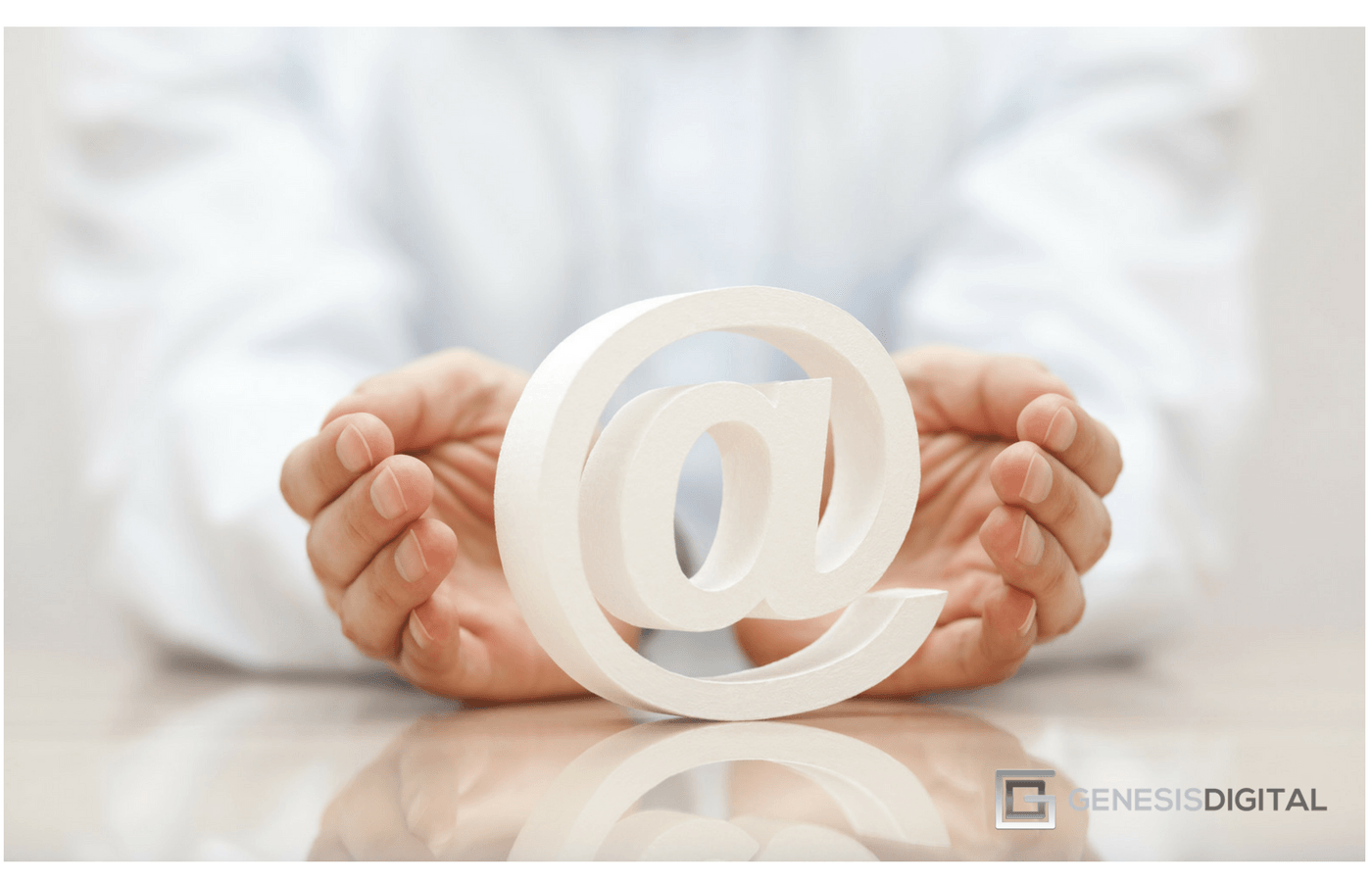DISCLAIMER: Unsolicited advertising (AKA “Spam”) may be illegal in the country where you work or where your prospects reside. The content of this article is not intended to endorse or encourage unsolicited advertising nor should any of it be interpreted as legal advice. The author’s understanding of the law is based mainly on watching episodes of Boston Legal, so that should be your first clue.
I like to think my business ethics are fairly strong. I believe honesty is important and, if in doubt about a particular marketing strategy, I ask myself how I would feel if I was on the receiving end.
As a consequence, I don’t like sending unsolicited bulk email. To my mind, it’s a cheap tactic that not only produces poor results, but also damages the reputation of the businesses that employ it.
Basically, in my opinion, spam sucks!
Except that…
A couple of years back I accidentally figured out a way to make it work.
It’s kind of a long story, but it’s one worth hearing even if you have no intention of ever sending spam. Because it reveals something rather interesting about how human beings interpret unsolicited advertising.
You’re the Boss!
A former client, through hours of Internet digging, put together a database of around 1,000 businesses that he thought would be a good fit for his product. He had the names and email addresses of either the owner of the business or one of the directors.
He asked me to write an email series that he could blast out to all of them.
I told him I thought it was a terrible idea that would produce minimal results, could potentially damage his firm’s reputation, and even get him in trouble with his ISP.
But he insisted.
As a freelance writer and consultant my approach has always been to tell a client, in no uncertain terms, if I feel they’re making a mistake. But if, after hearing my protestations, they insist on continuing with a course of action, I accept it and do my best to try and make it successful.
The exception would be if I was asked to do something illegal.
That didn’t apply in this case because my amateur understanding of the CAN-SPAM act is that, while business-to-consumer spam is restricted, business-to-business spam is exempted.
None of which made me feel any happier about the project.
Nevertheless, I wrote an email series as instructed, and passed it along to my client to send out. I also reiterated my concerns and asked him to have modest expectations of the results.
I’m accustomed to getting good conversion rates from email campaigns that I create and I hated the idea that this might tarnish a reputation I’d worked hard to build.
My prediction was that only a handful of the 1,000 emails would be opened, and at best my client might get 2-3 responses.
The result…?
Over the next five days, approximately 100 of the 1,000 recipients emailed or telephoned my client and asked for more information about the product.
Hmm…
Interesting…
My client was using an older email client so stats were limited, but it seemed unlikely that all 1,000 emails were received and opened. So, although a 10% conversion rate would have been impressive, assuming a good portion of the emails bounced, were filtered out by spam traps, or were never opened, the conversion rate was probably more like 20-30%.
Maybe even higher.
That would have been, in my opinion, a good return on an email campaign sent to a warm, confirmed opt-in list. But this was a cold email, sent out of the blue, unsolicited, to people with whom my client had no existing relationship.
How, exactly, did my email campaign produce a result that was at least 30 times greater than my most optimistic projections?

This Time it’s Personal…
I’ll admit to some hesitation about writing this article.
Part of me wants to keep this information as my personal secret weapon.
And I have some vague concerns about spammers (or even phishers) using this information for less than honorable purposes.
But then I doubt that I’m the first person to discover this phenomenon. And, up to a certain point, I’m sympathetic to the “information wants to be free” philosophy.
So, all I ask is that you use what I’m about to share responsibly.
Deal?
Okay…
Here’s why I believe this email campaign was so successful:
I wrote the emails so that they had the appearance of a personal email.
Easier said than done, obviously. When you’re writing an email, an identical copy of which is going to a 1,000 people, you don’t have the luxury of personalizing every message. So, I wrote it like this.
*Obviously, I’ve adjusted the content so as not to reveal who my client was.
| Subject Line: Contact RequestHi <FIRST NAME>
Our Sales Director, John Smith, asked me to contact you as he believes your level of <INDUSTRY> experience makes you well-placed to appreciate our <PRODUCT NAME> project. |
I then went on to talk briefly about the benefits of the product and invited the recipient to contact the managing director by email or telephone.
A few days later a follow-up email was sent which was essentially identical, but with the following message tacked on at the beginning.
| Subject Line: FWD: Contact Request for <FULL NAME>Hi <FIRST NAME>
Just checking you received this email I sent you last week. Please can you contact me when you have a few minutes to spare? Thanks. |
To the trained eye, it’s still obvious that this is an unsolicited email. For a start, the only real personalization is the email address and name. And there were unsubscribe instructions at the bottom that should have been a dead giveaway.
So, what was it that allowed these emails to produce the desired effect?
I can’t be dogmatic, but what I can do is tell you my thinking when I created the emails.
- From a marketing perspective, the subject line is terrible. But it’s very much the kind of subject line you might write if you were contacting someone personally. If I’d gone with a clever, eye-catching subject line, the true nature of the email would have been more obvious.
- The opening line suggests a conversation was had before the email was sent. This is not untruthful because, in this instance, the sales director compiled the email list based on who he believed would be interested in the product, and the managing director sent the email. I believe this is key to the efficacy of the email – it’s an unusual line and lets the recipient know that they’ve been personally identified (even though it was along with around 1,000 others).
- If some people read the first email and were unsure whether it was genuine, the second email is an effective nudge. The email has the layout and appearance of someone finding the original email they’ve sent, hitting the “Forward” button, and adding an extra message to the top.
But hang on, isn’t it possible that the efficacy of this campaign was simply down to recipients who were too inexperienced to tell the difference between a personal email sent individually, and a bulk email?
Or perhaps the product being promoted in the email was just exceptionally good.
Those things may have been factors (the product was pretty special), but I don’t believe that can entirely explain this experience.
And I can say this because…
I’ve used this trick before.
One Degree of Separation
Some years ago, when I worked as managing editor of a magazine, one of my responsibilities was to find article contributors.
For example, if the main feature of the next issue was about search engine optimization, I would locate experts in this field and email them, inviting them to contribute an article in exchange for a byline.
Except that getting responses was very difficult. For every 10 emails I sent, I would only receive 1-2 responses. And out of the people who responded, maybe only half would follow through and send me an article.
Which meant, every month, sending a LOT of emails.
At some point, I realized that part of the problem was that my emails were unsolicited. I was sending the emails one at a time, but they were still indistinguishable from spam. So, I hit on the idea of getting my assistant to send the emails, but referencing me in the opening paragraph.
It went something like this…
| Subject Line: <Website or Person’s Name> InquiryHi <FIRST NAME> My name is Jane Smith, I’m the assistant editor of <MAGAZINE NAME>. Our managing editor, David Congreave, asked me to reach out to you to see if you’d be interested in contributing an article on the subject of <subject relevant to person’s website>. |
This was the ONLY change I made to the emails we sent, but the response rate went from 10-20%…
To 50-60%!
I used exactly the same approach a few years later when I was managing editor of an online magazine hunting for contributors. And the response rate was only slightly lower.
There’s clearly something about approaching someone indirectly that convinces people that an email is personal, as opposed to spam.

Try Being a Human
I still have some misgivings about this approach, especially when it involves sending bulk email.
In the original example, earlier in this article, although what I wrote was truthful, it can’t be denied that there’s an element of deception involved.
Sending bulk email and tricking people into believing it’s a personal, hand-written message sits firmly in the grey.
But what you do with this information is up to you.
Certainly, if you’re writing individual emails to people and they’re being written off as spam, this approach is well worth trying.
What’s interesting about this style is that it’s not about personalizing the email by spending hours researching and learning about each recipient…
It’s about making your own message sound like it’s come from a HUMAN BEING!
So-and-so asked me to contact you about such-and-such is a natural-sounding message. But there are, doubtless, many more ways to accomplish the same effect.
We’re taught to write emails in a professional manner. Which is a euphemism for stilted and robot-like.
But write like a human being, using natural-sounding syntax…
And the effect is entirely different.
Spam sucks! There’s no getting around that. And I sincerely hope you don’t use the above as an excuse to start sending unsolicited email.
But if you can adopt this approach to avoid being incorrectly labelled as a spammer, to cut through people’s cynicism, and network with people in your industry…
That’s a message worth sending AND receiving.
Are you ready to host a webinar but want to know more about webinar best practices? Register now for our 12 Secrets event on how to host a webinar the right way.
